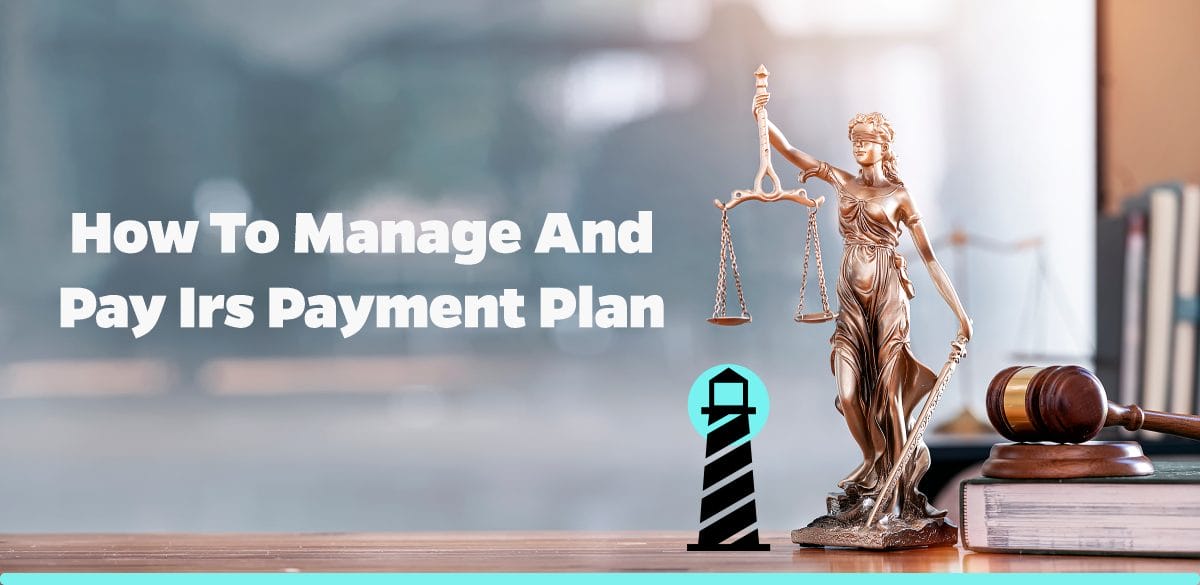Understanding IRS Payment Plans
If you owe the Internal Revenue Service (IRS) and cannot pay in full, it can seem like a daunting situation. However, Brightside Tax Relief offers a reprieve through the IRS payment plan, an agreement you strike with the agency to pay your tax debt over time. This strategy can be a lifeline for those grappling with tax debt, helping regain financial stability without the immediate burden of a lump sum payment.
What is an IRS Payment Plan?
An IRS payment plan, also known as an installment agreement, is a system whereby taxpayers can pay their tax bill in monthly installments rather than in one lump sum. If the thought of having to pay all your tax debt in one shot is raising your stress levels, an IRS payment plan is a Brightside to your situation.
There are a few types of payment plans available through the IRS, including short-term plans (120 days or less) and long-term payment plans (more than 120 days). Depending on your individual circumstances such as your tax debt size and your ability to make timely payments, one of these options may be suited for you.
Applying for an IRS Payment Plan
If a taxpayer can’t pay in full, applying for an IRS payment plan is a viable option. It is recommended to apply sooner rather than later to mitigate any penalties or accruals on your owed balance. You can apply for these plans online at IRS.gov, by phone, mail, or in person at an IRS office.
Before applying, ensure you have the following:
• Your tax returns filed
• Your taxpayer identification number
• Your bank account number, if choosing direct debit
• Your address and other contact information
Requirements to Qualify
In order to qualify for an IRS payment plan, there are some qualifications you need to meet. This includes filing all required tax returns and verifying your identity. You should use the Installment Agreement Request Form 9465 and the Collection Information Statement form 433F or form 433B. Furthermore, it is important to note that the IRS will assess your ability to pay by means of your income and expenses.
Paying Your IRS Payment Plan
Once you’ve been approved for a payment plan, it’s crucial to stick to the agreed terms. Failure to do so could default your agreement, leading to potential legal action from the IRS. You can pay your IRS payment plan in several ways:
• Direct Debit from your bank account
• Payroll Deduction from your employer
• Payment via check, money order, or debit/credit card
• Payment through the Electronic Federal Tax Payment System
To ensure that you Pay IRS Payment Plan on time, consider setting up automatic payments. This guarantees that your payment is never late and you can avoid any penalties or additional interest.
Advantages of an IRS Payment Plan
Opting for an IRS payment plan via Brightside Tax Relief offers several advantages. Not only does it disperse your tax debt into manageable amounts, but it can also possibly reduce penalties and stop collection actions. Lastly, having a clear plan of action in place can provide peace of mind, allowing you to focus on other financial goals.
Conclusion
In conclusion, managing and paying your IRS payment plan doesn’t have to be a stressful experience. Understanding your options, taking the initiative to apply for a payment plan, and committing to regular payments can put you back in control of your financial health. As professionals in tax relief, Brightside Tax Relief is here to guide and support you every step of the way, delivering peace and clarity amid financial uncertainty.




